It’s been almost a year since I last visited an Android Wear device when I reviewed the original Moto 360. For the most part the smartwatch does what it’s supposed to, but in the end having constant notifications on my wrist wasn’t for me. When Motorola announced a Moto 360 Sport version, my curiosity was piqued as this seemed more my style. Sure the second generation Moto 360 can do some of the same activity tracking, but our Moto 360 Sport review takes a look to see what’s different between Motorola’s two Moto 360 models. As Alex Hernandez has already reviewed the new Moto 360, I’ll be focusing more specifically on the different aspects of the Moto 360 Sport.
Specifications
For the most part, the Moto 360 Sport features the same specifications as the Moto 360. The main features that the Moto 360 Sport has that the Moto 360 does not include are GPS and the AnyLight Hybrid Display.
- Operating system: Android Wear™
- Display: AnyLight Hybrid Display, Corning® Gorilla® Glass 3, 1.37” (35mm), 263ppi (360 X 325)
- Watch case dimensions: 45mm diameter by 11.5mm high
- Weight: 54g
- Battery: 300mAh – Up to a full day of mixed use with Ambient on.Wireless charging with charging dock included.
- Processor: Qualcomm® Snapdragon™ 400 with 1.2 GHz quad-core CPU (APQ 8026), Adreno 305 with 450MHz GPU
- Memory: 4GB internal storage + 512MB RAM
- Connectivity: Bluetooth® 4.0 Low Energy, Wi-Fi 802.11 b/g
- Sensors: Barometric Altimeter, Accelerometer, Ambient Light Sensor, Gyroscope, Vibration/Haptics engine
- Heart rate sensors: Optical heart rate monitor (PPG)
- Water resistance: IP67 dust and water resistant (not waterproof)
- Microphone: Dual digital mics
- Bands: Silicone band, available in Black, White, Flame Orange
What’s in the Box
Included with the Motorola Moto 360 Sport is:
- Moto 360 Sport Smartwatch
- Wireless Charging Dock
- microUSB charging cable with AC adapter
Design
The Moto 360 Sport has a much sportier design, unlike the classier looking Moto 360. The silicone watch band wraps around the watch face, and as a result isn’t swappable. As a result, the watch actually looks sleeker and thinner than its Moto 360 brethren, even though it is in fact 0.1mm thicker than the non-sport version. The case is also slightly smaller, 45mm instead of 46mm, and there isn’t a smaller 42mm option available. The lower left side of the case sports the microphone, and the crown sits on the upper right side of the case.
Overall, the design of the Moto 360 Sport is fantastic, and it is very comfortable to wear. My only gripe is that given the silicone material, dust does stick to it pretty easily – even when taken fresh out of the packaging as can be seen in the image gallery below.
Display
As mentioned above, the Moto 360 Sport has an AnyLight Hybrid Display which adapts to the levels of available natural light. The hybrid display works very well and I had no issues viewing the screen clearly in bright sunlight, or indoors.
Software
The Moto 360 Sport runs Android Wear, our review unit was running version 1.3.0.2423127 built on Android 5.1.1. Having been just under a year since I last experienced Android Wear, the new functionality and features are nice additions and it’s definitely getting better with each iteration. Access to settings, brightness control, cinema mode, and other functions are quick and easy, and the new wrist gesture controls are nice for quickly scanning through notifications.
Where the Moto 360 Sport differs is with the initial watchface — the default Sport watchface. This activity oriented watchface includes four main sections: heart rate activity, step counter, timer, and calorie counter. The heart rate activity section tracks the progress of your daily goal for elevated heart rate, pressing this indicator brings up a menu allowing you to choose between Moto Body heart activity or the Moto Body heart rate monitor.
The step counter shows your daily progress, pressing ton this indicator will show your daily breakdown including steps taken and distance travelled. Swiping left shows your weekly breakdown as well. The timer acts as a second hand when not activated, pressing it will bring up the stopwatch timer. This is one function that I hope Motorola will add a shortcut to start a run timer as well. Last, the calorie counter shows your daily calories burned, and pressing it will break it down to total calories burnt while resting and while performing physical activity. Swiping left will also show your weekly breakdown.
The main fitness app on the watch is Moto Body. When launched, you can access your heart activity, steps, total calorie burn, and read your heart rate — all activities you can do quicker if you are using the Moto Sport watchface. Two functions that can only be accessed from the Moto Body app however are those which allow you to start a run or view your weekly running activity, and check your analysis which updates your averages in two week intervals. To start a run, you can either tell your watch to start a run (by far the easiest), or swipe left from the main screen, select Moto Body, and then start your run.
When you start a run, you’ll be prompted to choose between indoor or outdoor, and then you can select either Quick Start (which will just track your route, distance, pace, and calories burned), or you can set a time, distance, or calorie burn as a goal for your run. Because it has GPS in the watch itself, there’s no need to have to carry your phone around with you while you run to track your route, which is definitely a plus.
The Moto 360 Sport also works with other Android™ fitness apps including Fitbit® 3, MapMyRun®, Under Armour Record™, and Strava. Moto Body records your workout data and syncs directly with these apps, so your workout history is always up to date. The caveat here being that you need to install and set up the Moto Body app on your smartphone as well. As you set up the Moto Body phone app, you’ll be asked if you would like to sync the data that Moto 360 Sport collects with apps that you may already be using including Google Fit, Strava, Fitbit, Under Armour Record, and MapMyRun.
I did test it with Fitbit and Google Fit and it synced just fine to it, but I found the Moto Body app to be just fine by itself. Having to run two fitness apps seems a bit odd, but if you’ve already got exercise history set up in Fitbit or another app, the Moto 360 Sport will sync your activity just fine from what I could tell from my testing with Fitbit.
Another feature on the Moto 360 Sport is the ability to store music on it and allow you to listen to it via Bluetooth headphones without needing to carry your phone around. Again, like the ability to track your route, pace, and distance without having to carry your phone around, this is definitely a plus.
All in all, the Moto Sport watchface coupled with Moto Body does an excellent job of tracking your activity throughout the day.
Performance
The Moto Sport watchface and tracking works very well, swiping between screens and using the watch to respond to notifications was easy, and I was really impressed with how far being able to respond to messages using voice control has become. The GPS functionality works great as well, with routes being tracked fairly accurately and transcribed into pace, distance, and other related measurements. In addition, being able to save music from Google Play Music to the Moto 360 Sport and listen via Bluetooth headphones while not having my phone on me worked great.
Overall, I really had no complaints about the actual performance of the watch while in use.
Battery Life
During my time with the Moto 360 Sport, I used it fairly lightly for notifications and other main Moto 360/Android Wear functionality and instead focused on using it more for the activity tracking features. Even still, I found that over the course of (on average) 17 hour days, I was sitting between 13-35 percent battery life left at the end of the day. While this was fine for what I was getting out of the watch, I can surmise it’d be difficult to get a full day out of the watch when using it intensively for notifications and other Android Wear functions.
Price/Value
Priced at $299USD, the same starting price of the Moto 360, in my opinion the Moto Sport 360 with the added AnyLight Hybrid Display and GPS makes it a better value — even without the ability to customize or change your watch bands.
Wrap-Up
With the Moto 360 Sport going on sale on Jan. 7, it is a great option for those who want a smartwatch with a stronger focus on activity tracking. While battery life is still left to be desired, the sporty look and integration with a number of activity tracking apps gives users a few options of where to store their activity data.
[rwp-review id=”0″]*We were sent a demo unit of the Motorola Moto 360 Sport for the purposes of this review.
Last Updated on November 27, 2018.

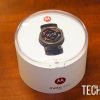
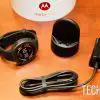
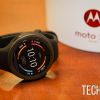
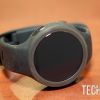
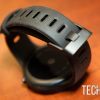
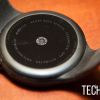
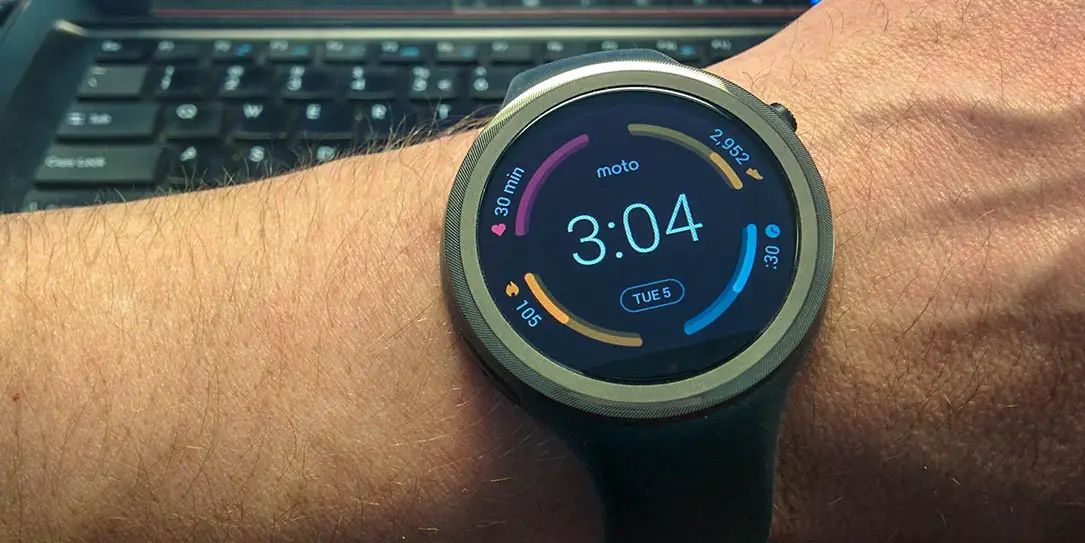









Comments are closed.